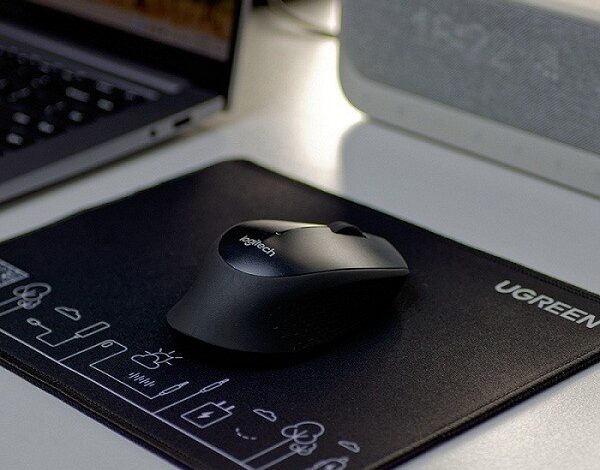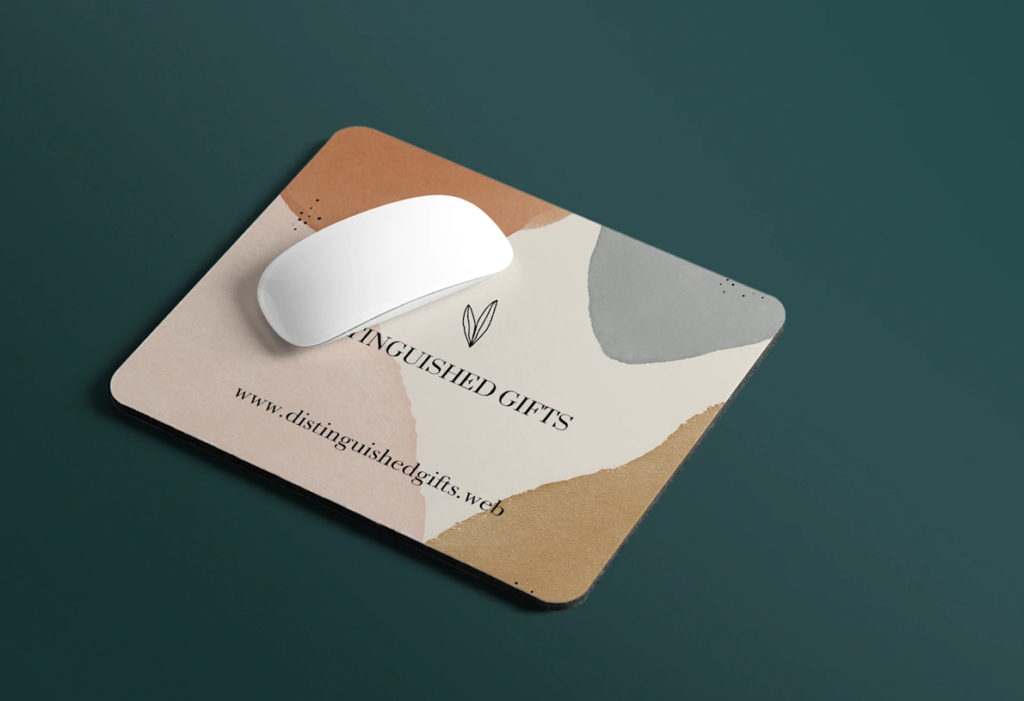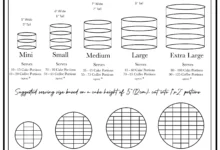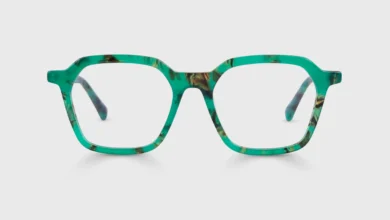Comprehensive Outline for “Mouse Pad”

Everything You Need to Know About Mouse Pads
Mouse pads might seem like a simple accessory, but they play a crucial role in your daily computer use. Whether you’re an office worker, gamer, or graphic designer, a good mouse pad can make a big difference in comfort and performance. Let’s explore everything there is to know about from their types and materials to the benefits and reasons to use them.
Introduction to Mouse Pads
What is a Mouse Pad?
A s a flat surface designed to improve the usability of a computer mouse. It provides a consistent surface that enhances mouse movement and accuracy. The concept of a dates back to the early days of personal computing, when ball mice required a smooth, non-slip surface for proper tracking.

History and Evolution of Mouse Pads
The first was invented in 1969 by Jack Kelley, a company executive who noticed that mice worked better on specific surfaces. Over the years, have evolved from basic fabric mats to advanced designs with features like ergonomic wrist rests, RGB lighting, and even wireless charging.
Importance of Using a pads
Why M ouse Pads Are Essential
Many people underestimate the value of a good Not only does it enhance the performance of the mouse, but it also helps in protecting your desk surface and reducing wear on the mouse’s feet. Using a mouse directly on a desk can lead to scratches, noise, and inconsistent tracking.
Enhancing User Experience and Performance
A quality offers a smoother, more controlled experience, which is especially beneficial for tasks that require precision, such as gaming or design work. The right can reduce strain on your wrist and forearm, contributing to better ergonomics.
Different Types of
Standard Cloth
These are the most common type of pads. They’re flexible, soft, and provide a good amount of friction for general use. Cloth pads are popular because they’re affordable and easy to clean.
Hard Surface
Made of materials like plastic or aluminum, these pads offer less resistance, making them ideal for fast movements. They’re often preferred by gamers who need quick reflexes and precision.
Gaming Mouse Pads
Designed specifically for gamers, these pads are often larger, smoother, and built to provide better tracking. They may include additional features like RGB lighting and extra-thick surfaces for enhanced comfort.
Ergonomic Mouse Pads
Ergonomic pads come with wrist rests to support the user’s wrist, reducing strain during extended periods of use. They are a great choice for those who spend long hours at a computer.
RGB Mouse Pads
These pads come with built-in LED lighting that can change colors, adding a stylish look to your setup. RGB are particularly popular among gamers who want to enhance their gaming environment.
How Mouse Pads Improve Mouse Performance
Smoother Movements
The smooth, even surface of a allows for consistent tracking, which is essential for tasks that require accuracy, such as gaming or graphic design.
Better Accuracy
Modern optical and laser mice perform better on pads because the surface offers a uniform texture, improving the mouse sensor’s ability to track movements precisely.
Enhanced Comfort
Using a can reduce the strain on your wrist and hand by offering a comfortable, padded surface. Ergonomic pads go a step further by including wrist support.
Materials Used in Mouse Pads
Cloth
Cloth is the most popular material for mouse pad because it’s soft, flexible, and provides good traction. It’s also easy to fold and carry.
Rubber
Rubber offer excellent grip, preventing the pad from sliding around on your desk. They’re often used as a base layer for cloth and other materials.
Plastic
Plastic are known for their smooth, low-friction surfaces, making them ideal for gamers who need fast movements.
Aluminum
Aluminum pads are durable and sleek, providing a smooth surface that’s easy to clean. However, they can be less comfortable for extended use due to their hard texture.
Glass
Glass are stylish and offer ultra-smooth surfaces. They’re easy to clean but are also more prone to breaking if not handled carefully.
How to Choose the Right Mouse Pad
When choosing a mouse pad, consider the following factors:
- Size and Thickness: Larger are ideal for gaming, while smaller pads work well for general use.
- Surface Material: Decide between cloth, plastic, aluminum, and other materials based on your needs.
- Usage: Think about how you use your mouse. For gaming, opt for a larger, smoother pad; for office work, an ergonomic pad might be better.
Gaming Mouse Pads: Why They’re Different
Gaming are designed for speed and precision. They often feature a larger surface area, thicker material, and a smoother texture to accommodate fast and accurate mouse movements. Some even come with features like RGB lighting and reinforced edges.
Do You Need a Gaming Mouse Pad?
If you play fast-paced games that require quick reflexes and precision, investing in a gaming mouse pad can improve your performance.
Ergonomics and Comfort in Mouse Pads
Modern ergonomic are designed to reduce strain on your wrist. They come with cushioned wrist supports that elevate your hand, promoting a more natural posture and reducing the risk of repetitive strain injuries.
How to Use Ergonomic s Correctly
Position the pad so that your wrist rests comfortably on the cushion. Ensure your forearm is aligned with the mouse pad for the best ergonomic setup.
Maintenance and Care for Your Mouse Pad
Cleaning Different Types of Mouse Pads
- Cloth Pads: Hand wash with mild soap and water.
- Plastic or Hard Surface Pads: Wipe with a damp cloth or use mild cleaning agents.
- Ergonomic Pads: Check if the wrist rest is detachable for easy cleaning.
Conclusion
Avoid exposing your mouse pad to direct sunlight, and keep it away from sharp objects that could tear the material.
Custom Mouse Pads: Personalization and Design
Custom allow users to add personal touches, such as images, logos, or artwork. This option is popular for both individuals and businesses, as custom pads can be used as promotional items or gifts.
Eco-Friendly Mouse Pads
More companies are producing eco-friendly made from recycled or sustainable materials. Brands are now offering pads made from natural rubber, recycled plastic, and even organic fabrics, reducing their environmental impact.





